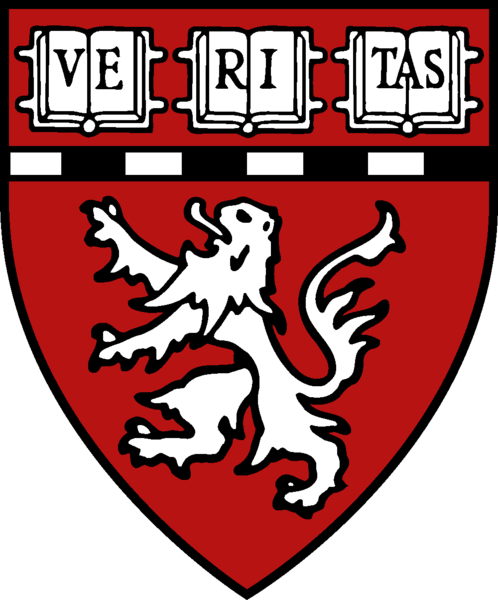


Gabriel Kreiman, Itzhak Fried and Christof Koch
Annual Meeting of the Society for Neuroscience, San Diego, 2001
If different stimuli are presented to the two retinae, perception alternates between them in a random fashion (binocular rivalry). A related phenomenon called flash suppression consists of the perceptual suppression of one stimulus that was previously presented monocularly to one eye upon flashing a new stimulus to the other eye. It has been reported that there are neurons in high visual areas in monkeys that modulate their firing depending on what the animal perceives. We investigated the neuronal correlates of these perceptual alternations in humans at the single neuron level. Subjects were patients with pharmacologically intractable epilepsy implanted with depth electrodes to localize the seizure focus for possible surgical resection. We studied the activity of neurons in the entorhinal cortex, amygdala, hippocampus and parahippocampal gyrus while subjects reported what they saw during binocular rivalry and flash suppression. We observed neurons that fired selectively in response to complex visual stimuli. Most (>60%) of these neurons also fired selectively when the effective stimulus was perceived during the flash suppression paradigm but not when it was perceptually suppressed by flashing an ineffective stimulus. That is, in two situations with identical visual stimulation, the activity of most neurons followed the perception, significantly enhancing their firing only when the subject saw the effective stimulus. Our results suggest a correlate at the single neuron level to the seemingly random alterations in these bistable perceptual phenomena in the medial temporal lobe of the human brain. Supported by NSF-ERC, NIH and Keck
Top